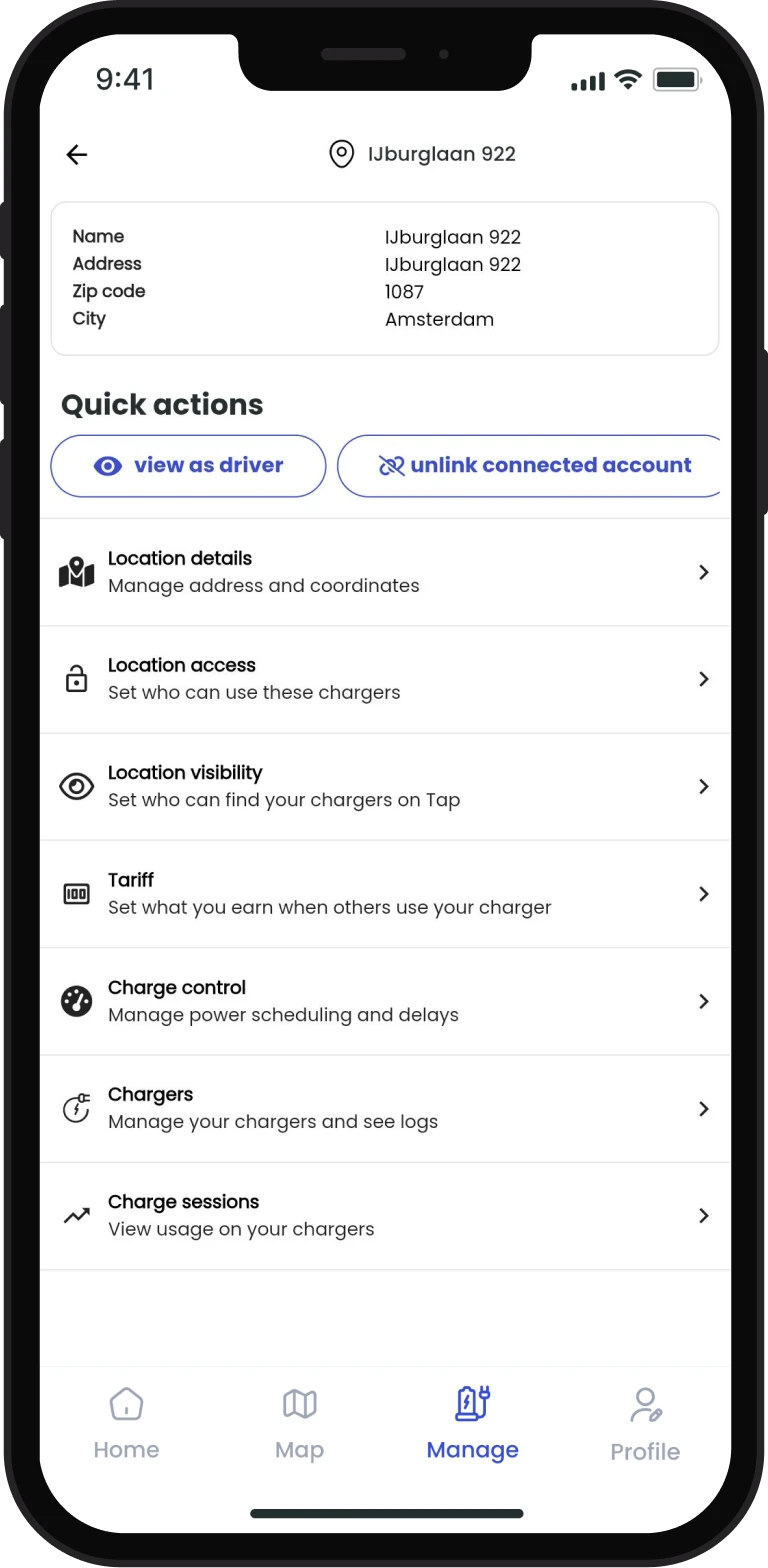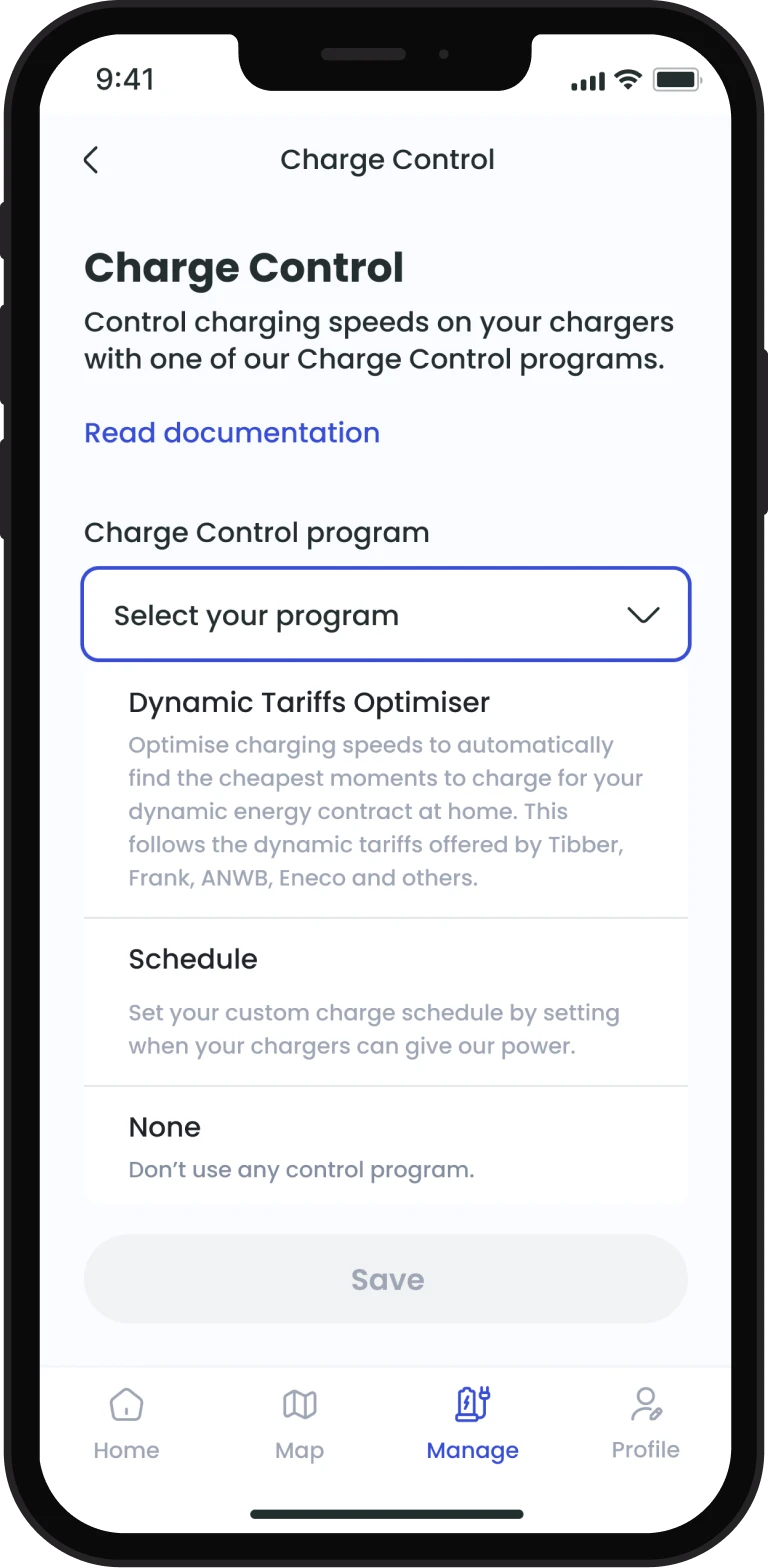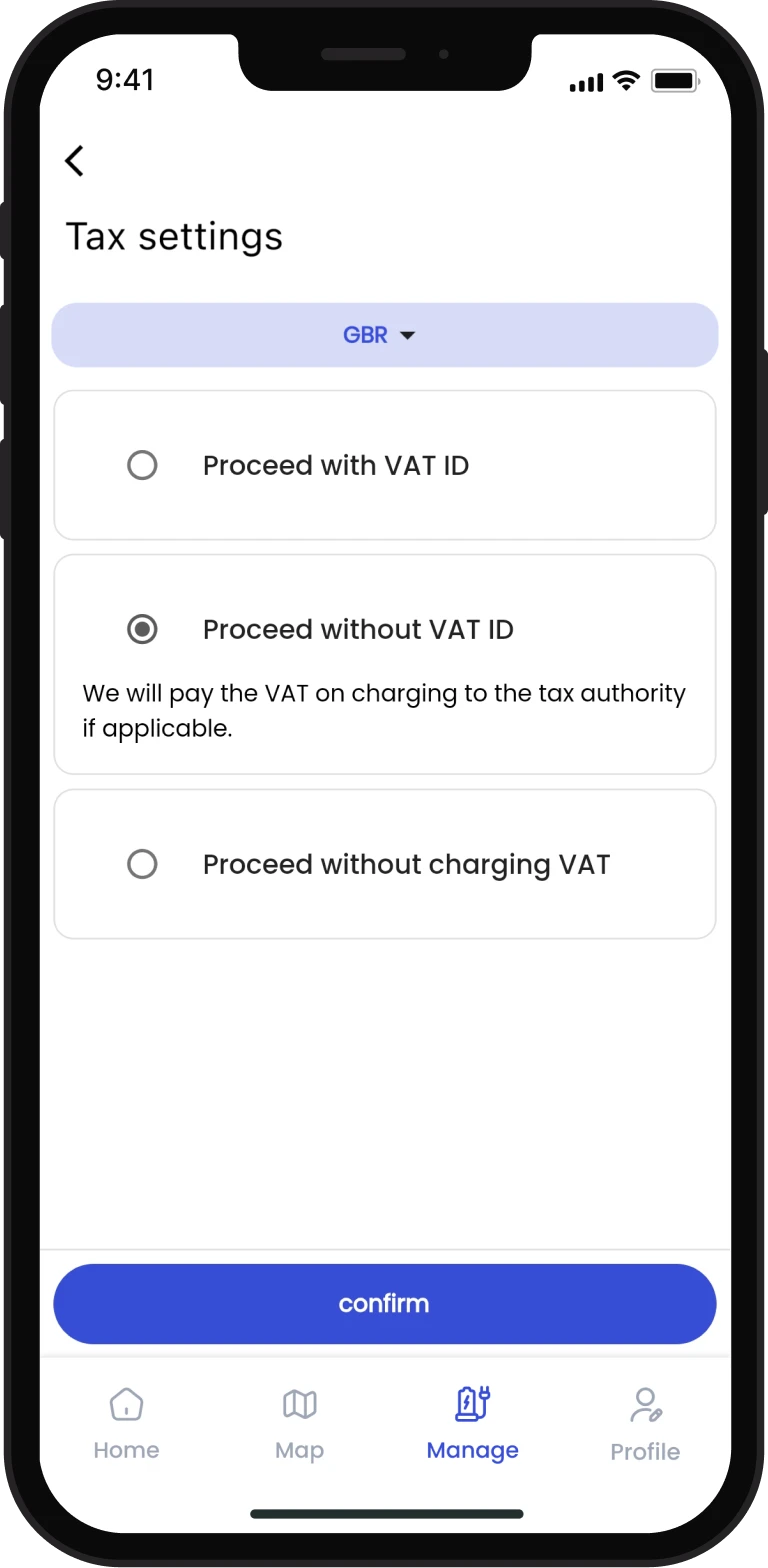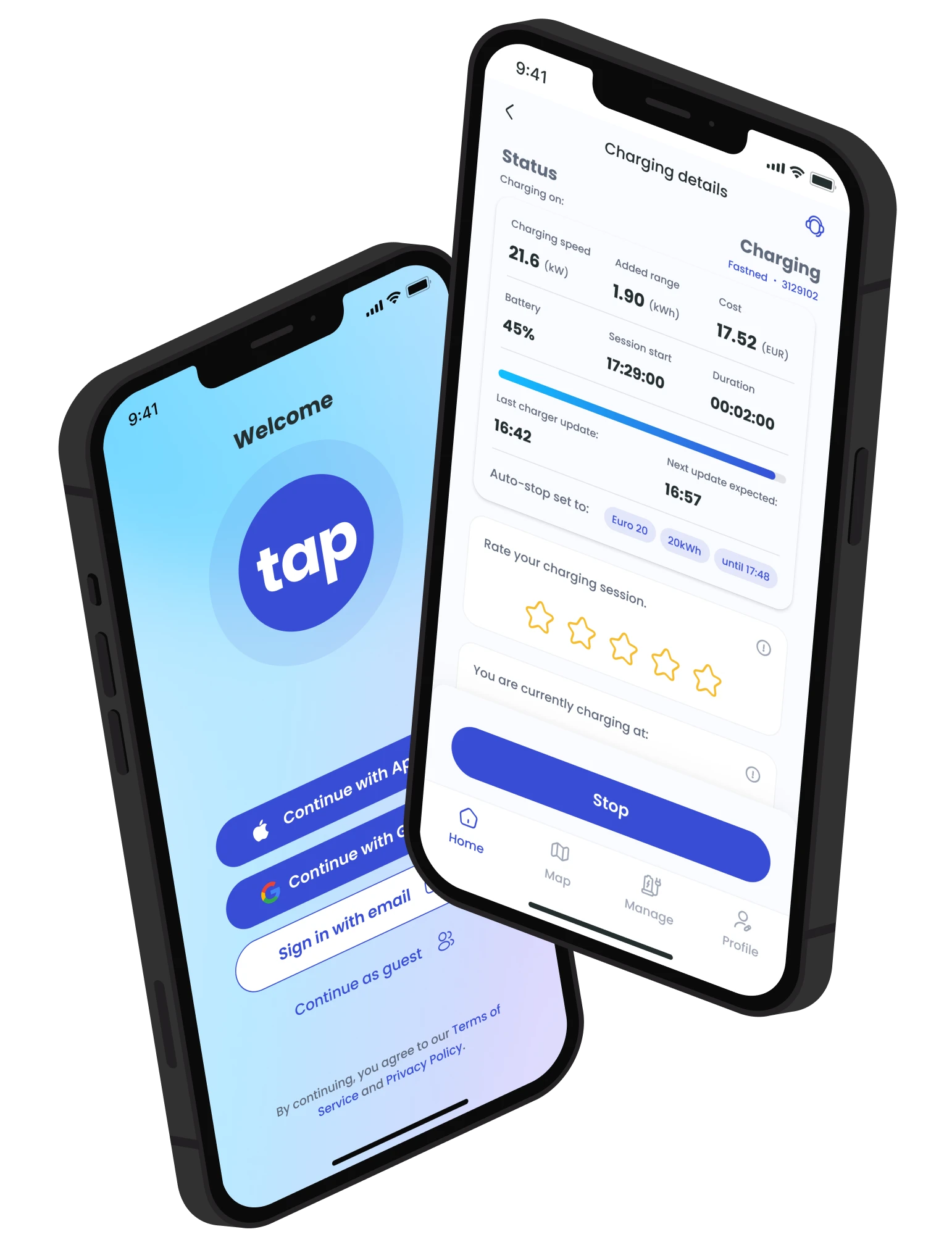Thank you to Future Group for their contribution to this article. Future Group, and their specialist service EV Connected, are a UK-based installation company delivering full-service EV charging for residential blocks.
1. Finding a Qualified Installer:
Choosing a reputable installer is crucial for a successful EV charging installation. Look for experienced professionals with relevant certifications and a track record of successful installations within residential communities and commercial settings. The installer should be familiar with applicable regulations and available subsidies. Beyond the initial installation, you should also consider if the installer offers a reliable aftercare and maintenance programme.
Tap Electric can refer you to a qualified installer in your area, please get in touch.
2. Hardware Selection:
Investing in high-quality hardware is essential for long-term reliability. Prioritize UK and European manufactured chargers renowned for durability and backed by substantial warranties.
Consider the potential for a slightly higher charging tariff to accommodate the cost of more premium chargers, which often offer better efficiency and longevity, ultimately benefitting the Property Manager and its residents.
If you want to collect payments on the chargers, you will almost certainly need to use chargers that are OCPP compliant. This is a communication protocol that allows the charger to talk with 3rd party billing systems like Tap Electric. Most modern chargers are OCPP compliant, but not all!
Internet connectivity is another important consideration when choosing hardware. The three main types of charger connectivity are wired ethernet, wifi, and 4G. Some chargers support all three types, but some only support one or two. For chargers that support 4G, some have a built in eSIM whereby the data is included in the cost of the charger, while others need an external SIM card that will incur an additional cost. If the latter, you can check with your platform provider, as they will often provide you with a SIM. Lots more on internet connectivity in a later section.
The Tap Electric charger management platform can support any OCPP charger, and is already integrated with multiple charger brands that fit the above criteria. Some examples include Easee, Zaptec, Ratio and Alfen. You can find a complete list of integrated chargers here.
3. Infrastructure Subsidy
The UK government has a generous subsidy that Property Managers can take advantage of for installing infrastructure to enable EV charging. The Property Manager can be granted 75% off the cost to buy and install a socket, up to a maximum of £350 per socket. You can receive up to 200 grants a year for residential properties, and a further 100 for commercial properties.
You can read more about this subsidy here.
4. Internet Connectivity:
A stable internet connection is fundamental for seamless payment systems. Ethernet (i.e. a wired connection) is often the most reliable option, but wifi or 4G can suffice depending on the installation location.
Ensure your installer conducts a thorough assessment and, if needed, consider additional installations like WiFi extenders or 4G masts to ensure seamless connectivity.
This cannot be overstated: poor internet is the single biggest cause of frustration for EV drivers trying to pay for their charging. Investing in solid connectivity is critical for the user experience at your location.
5. Charger Management Software:
Selecting the appropriate charger management software is crucial. While some chargers offer basic software, dedicated systems like E-Flux and Tap Electric provide comprehensive functionalities. The main components of these systems are:
- Access control. Who can charge at the location?
- Tariff setting. How much should the driver pay?
- Payments. Collecting money from drivers and automatically paying out to the Property Manager bank.
While most systems available can accomplish these activities, not all platforms are created equal. Understand the nuances of each system, including their business models; for instance, Tap Electric’s usage-based fee structure can greatly reduce costs for both the Property Manager and its residents.
Further, consider the structure of your energy tariff, and make sure that the software can model this tariff.

6. Energy Tariff
Car batteries consume a lot of energy relative to the rest of a home’s electrical consumption. The type of energy tariff you choose for your residents therefore becomes even more important. For example, you may choose a tariff that has a peak and off-peak rate, so that drivers can charge at a discounted price overnight. If you are looking to save even more, you can look at a dynamic energy tariff. These are tariffs offered by certain energy retailers where the price changes every half hour. Tap Electric allows drivers to follow the cheapest tariff profile when you have such a dynamic tariff with the click of a button using our powerful Charge Control functionality.

7. Energy Management:
Evaluate the necessity of energy management software to efficiently balance EV charging demands with the overall energy consumption of the housing block. If your building has solar panels and you are producing energy, this should be taken into account. Ideally, drivers should have the opportunity to charge directly from the solar panels or batteries where applicable for maximum efficiency.
You may need an external device that can attach to your meter to measure the consumption and production of the building to feed into your charger management system. An example of this type of device is Enegic, or a charger brand-specific device like the Easee Equalizer.
Tap Electric’s suite of energy management solutions can integrate with devices such as these and optimizes energy utilization, facilitating a balanced and sustainable charging system within the Property Manager.
8. VAT
VAT is a difficult topic in EV charging. The government has not provided clear advice to the market on how to treat the residential reimbursement use case that most Property Managers find themselves in. Since Property Managers are typically just recouping the cost of electricity from residents, they do not feel like they are “selling” electricity. VAT has already been paid on the electrical bill, and thus if VAT were to be charged on this reimbursement from resident to Property Manager, it would seem there is a double billing of the VAT. However, by the language of today’s VAT law, that is indeed the case. While we do not offer tax advice in this article, the prevailing logic is that Property Managers are encouraged become VAT registered. In this way, they may add VAT into the tariff towards their resident’s then recoup that money via their tax return. With this method, the resident does not pay VAT twice, and the Property Manager can be reimbursed the full amount of their electric bill.
With that said, Tap Electric offers a full range of tax settings to accommodate the decision of the Property Manager and their tax advisor.

Conclusion
Establishing an effective and efficient EV charging infrastructure within a Property Manager does not have to be difficult. With the help of this guide and other professional advice, Property Managers can more easily navigate the complexities involved in integrating charging stations seamlessly into their communities.
Selecting reputable installers, prioritizing quality hardware, ensuring robust internet connectivity and choosing suitable management software are all important elements of a successful EV charging installation.
As the UK embraces the transition toward electric mobility, Property Managers play a pivotal role in facilitating sustainable and convenient solutions for their residents. By embracing these steps and considerations outlined in this guide, Property Managers can establish a future-ready charging infrastructure that not only meets the current needs of EV users but also adapts to the evolving landscape of electric transportation.
